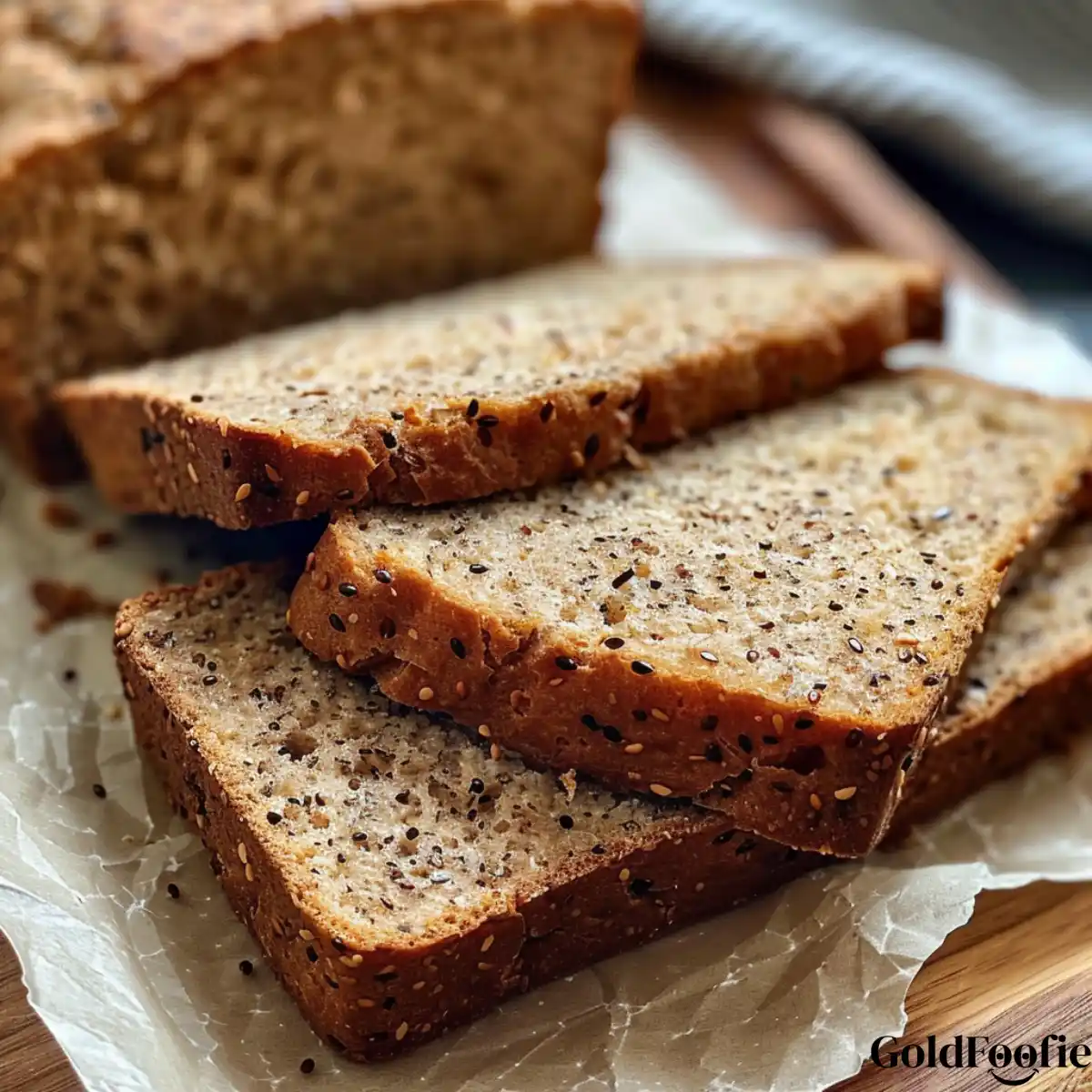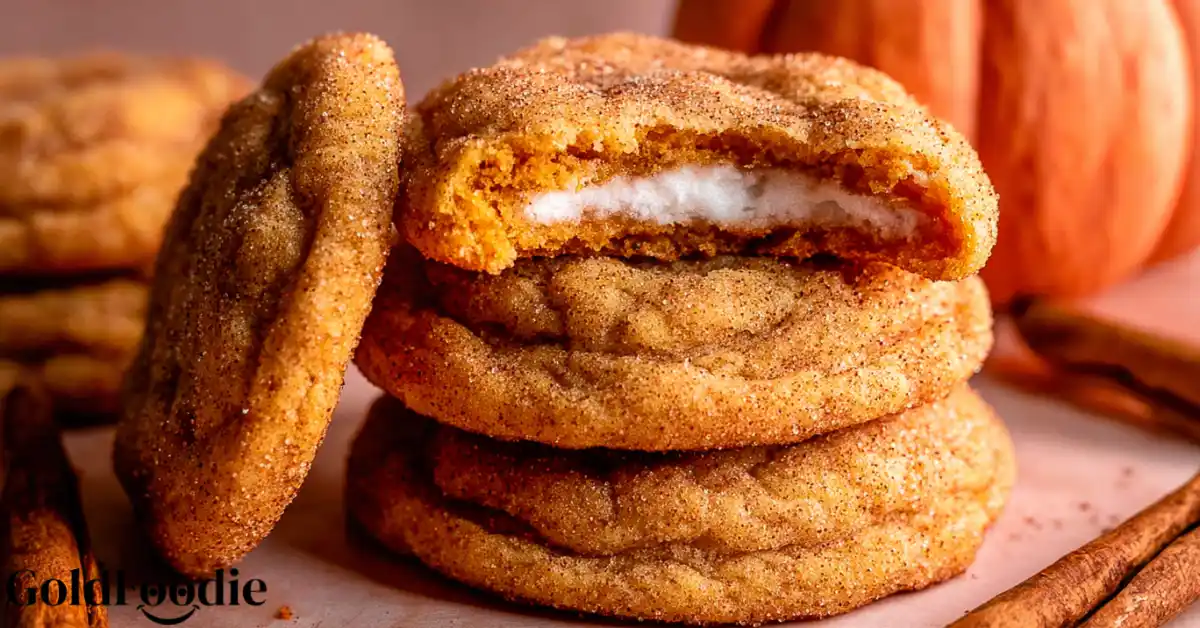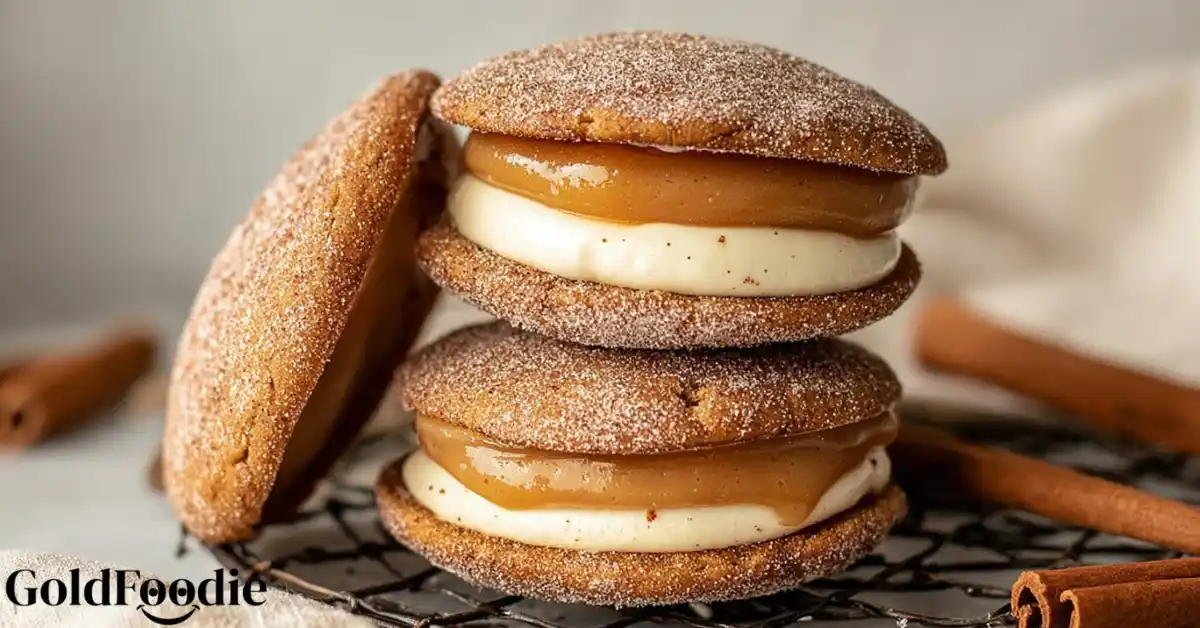Bread is not the enemy. It is about picking the slice that supports your blood sugar, not spikes it.
For many people with diabetes, bread can feel like a guilty pleasure or an off-limits food. But it does not have to be. When chosen wisely, the right type of bread can actually help stabilize blood sugar and support a balanced breakfast. This guide explores what makes bread diabetic-friendly, how to pick the best options, and how to turn toast into a tool for better mornings.
Table of Contents
Bread and Blood Sugar: What is the Real Story?
The Impact of Simple versus Complex Carbohydrates
White bread and pastries are made with refined flours that digest quickly and lead to blood sugar spikes. Complex carbs found in whole grains break down more slowly and offer fiber and nutrients.
Why Fiber, Fat, and Protein Change the Equation
Adding fiber, fat, or protein to your toast slows down digestion and glucose absorption. That is why toast with nut butter or avocado is better than toast with jam.
What the Glycemic Load Tells You
Glycemic load considers both the quality and quantity of carbs in a serving. A slice of bread with high fiber and protein will usually have a lower glycemic load, making it more diabetic-friendly.
“Breads made from refined flours, such as white bread, can cause rapid spikes and crashes in blood sugar… Instead, she recommends opting for whole‑grain and high‑fiber breads that break down more slowly, helping to stabilize blood sugar and improve long‑term glycemic control.” Fox News Health
How to Choose the Right Bread as a Diabetic
Ingredients to Look For
Check labels for whole grains, sprouted seeds, or almond flour. Look for at least 3 grams of fiber and minimal added sugars per slice.
Red Flags on Labels
Avoid bread labeled multi-grain without whole grain listed first. Watch out for added sugars, white flour, and ingredients you cannot pronounce.
Store-Bought versus Homemade Options
Store-bought brands like Ezekiel or thin-sliced 100 percent whole wheat can work well. If you enjoy baking, almond flour or seed-based recipes give you total control over ingredients.
Top 5 Diabetic-Safe Breads for Breakfast
Ezekiel and Sprouted Grain Breads
Made from sprouted wheat and legumes, these offer fiber, protein, and better digestion.
Low-Carb Keto Breads with Flax or Almond Flour

These breads are designed to be low in net carbs and rich in healthy fats, ideal for low-glycemic eating.
Sourdough with Resistant Starch
The fermentation process in sourdough reduces its glycemic response. Choose whole grain or rye versions for added benefits.
Thin-Sliced Whole Wheat
Some commercial brands offer thinner slices to help with portion control while still providing fiber and complex carbs.
Gluten-Free Options if Needed
Some gluten-free breads use almond or coconut flour and have lower carb counts, but many contain starches that spike blood sugar, so check labels carefully.
Healthy Toast Toppings That Balance Blood Sugar
Avocado and Hemp Seeds
Provides healthy fat and protein with minimal carbs.
Nut Butters with Cinnamon
Almond or peanut butter adds satiety, and cinnamon may help support insulin sensitivity.
Cottage Cheese with Tomatoes
This combo offers protein, low carbs, and savory satisfaction.
Smoked Salmon and Arugula
A gourmet option rich in protein and omega-3s.
Go Deeper Into These Resources
- Read: Best Breads for Diabetics: What to Eat for Breakfast
- Read: Low-Carb Diabetic Breakfasts Without Eggs
Both articles offer specific product recommendations and toast-friendly recipes that support your diabetic lifestyle.
FAQs About Bread in a Diabetic Diet
Can I eat bread every day?
Yes, if it is high in fiber and low in sugar. Portion size matters. Stick to one or two slices paired with protein or fat.
Is gluten-free bread better for managing blood sugar?
Not necessarily. Many gluten-free products contain rice flour or starches that can spike glucose quickly. Always check the label.
How many carbs should toast have for breakfast?
Aim for a serving under 30 grams of net carbs and balance with protein and healthy fat to stabilize blood sugar.
Diabetes Nutrition Specialist | Healthy Diet Advocate | Founder of GoldFoodie.
My passion for nutrition began with a deeply personal journey supporting my father through his battle with diabetes. Watching his daily struggles made me realize how powerful the right food choices can be in improving quality of life. That experience drove me to dedicate my career to helping others live healthier, more balanced lives.








3 thoughts on “Smart Carbs: Best Bread and Toast Options for Diabetics”